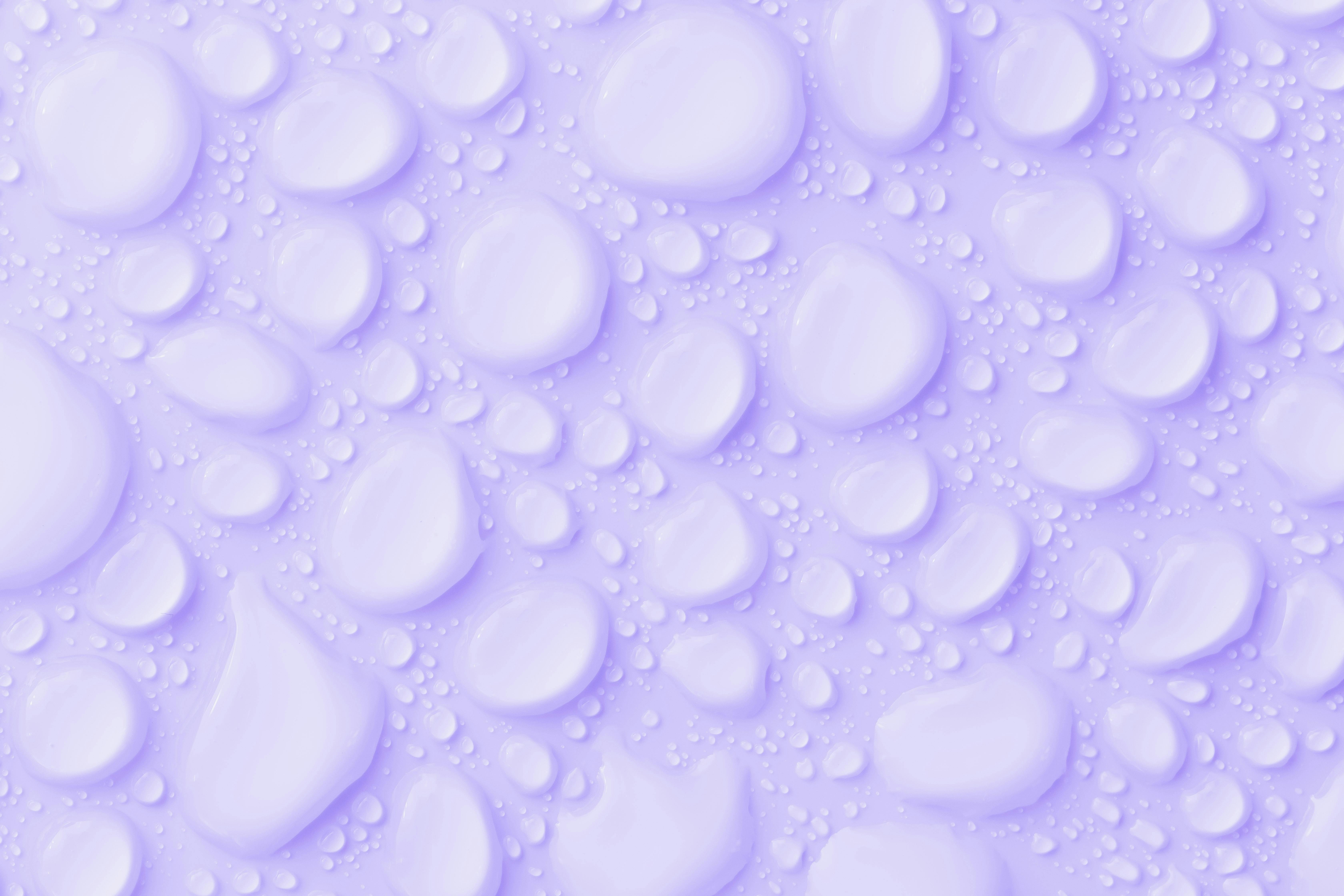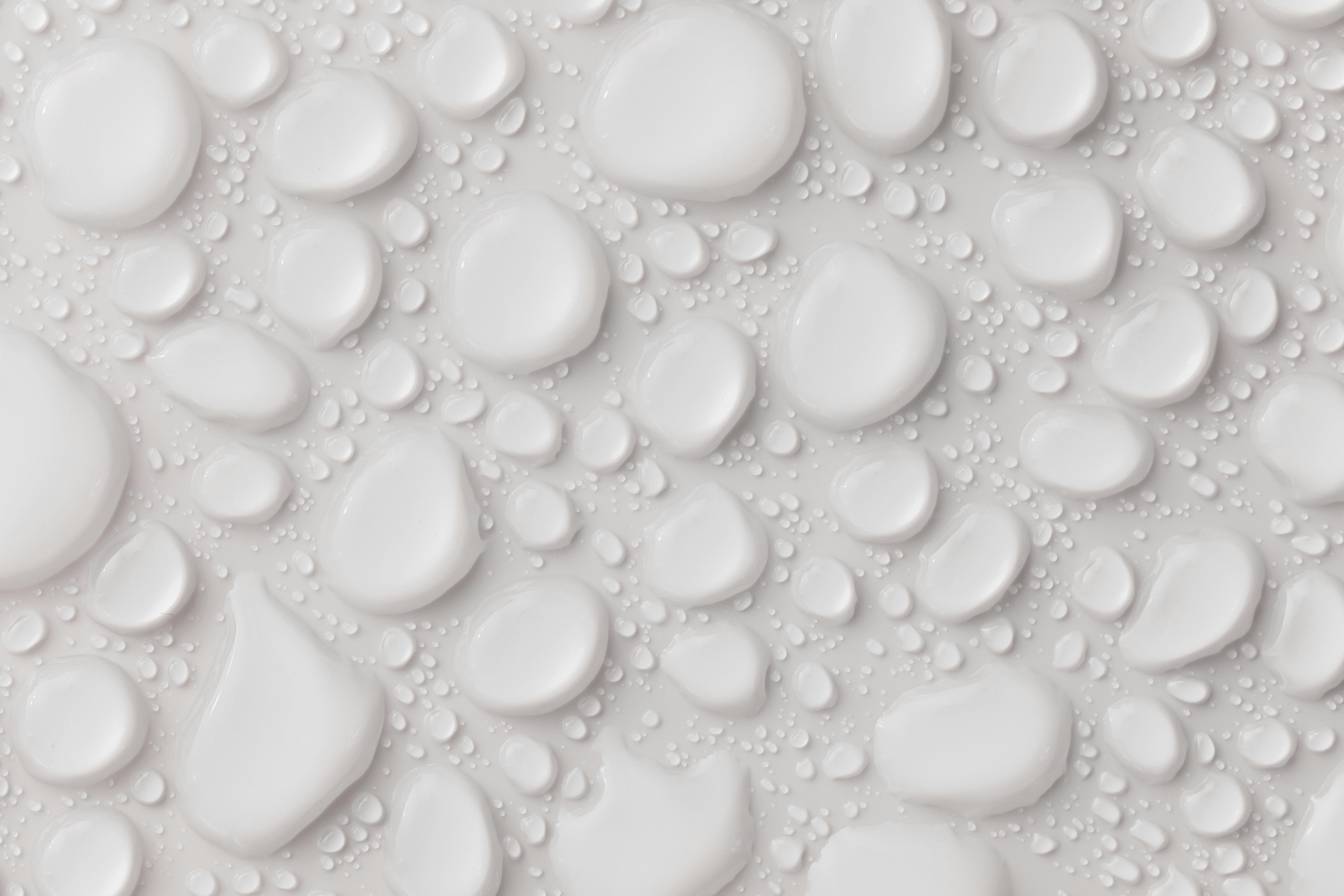Fractional distillation and simple distillation are two common methods used to separate and purify liquids. The primary difference between them is that fractional distillation involves the use of a fractionating column in order to separate components of a mixture, while simple distillation does not. Both processes are based on the principle of different vaporization points for different compounds, which results in different boiling points. However, fractional distillation can be used to separate components with much closer boiling points that are not able to be separated by simple distillation.Fractional distillation is a process used to separate a mixture of liquids that have different boiling points. It is the most common method used to purify or separate liquid mixtures and involves heating the mixture, vaporizing it, and then cooling it so that the various components condense at different temperatures. The vaporized mixture is directed through a fractionating column where it condenses multiple times before being collected in separate containers.
Simple Distillation
Simple distillation is a method of separating mixtures of liquids by heating them to a temperature at which one or more fractions of the mixture will vaporize. It is an effective way to separate components of a liquid mixture based on their different boiling points. The process involves heating the mixture, collecting the vapor, and then condensing it back into liquid form. The vapor contains the component with the lowest boiling point, while the liquid left behind has components with higher boiling points. This process can be repeated multiple times until all components have been separated from the mixture.
It is important to note that simple distillation only works for mixtures of liquids that have significantly different boiling points. In order for it to be effective, there must be at least a 20°C difference between the two components’ boiling points. Additionally, simple distillation is not suitable for separating substances that are very similar in terms of their physical and chemical properties. For this type of separation, other techniques such as fractional distillation must be used.
Temperature Difference Between Fractional and Simple Distillation
The process of distillation is used to separate mixtures of liquids based on their boiling points. Fractional distillation and simple distillation are two of the most common methods used for separating components of a mixture. The main difference between these two processes is the temperature difference between them. In fractional distillation, the temperature is gradually increased while in simple distillation, the temperature remains constant throughout the entire process.
Fractional distillation works by using a fractionating column that allows for multiple boiling points to be reached during the separation process. The heat source is applied to the bottom of the fractionating column and as it rises, different components in the mixture will begin to boil off at different temperatures. This creates a vapor that rises up through the column and then condenses back into liquid form at a lower temperature as it passes through each tray or packing material inside of the column. As this happens, impurities are removed from each component of the mixture until only pure compounds are left behind in their respective trays.
Simple distillation is a much more basic process than fractional distillation and only requires one
Equipment Used for Fractional and Simple Distillation
Distillation is a process used to separate components of a liquid mixture based on different boiling points. Fractional distillation and simple distillation are two types of distillation that have different sets of equipment for their respective processes. Fractional distillation is a more complex process than simple distillation, and therefore requires more specialized equipment.
Simple distillation involves heating the liquid mixture until it boils, and then collecting the vapor that is produced. This vapor is cooled and condensed back into a liquid, which is referred to as the distillate. The equipment used in this process includes a round bottom flask, where the liquid mixture is heated; a thermometer to measure the temperature; an adapter to attach the flask to a condenser; and a receiving flask to collect the condensate.
Fractional distillation is more complex than simple distillation as it involves separating components with very close boiling points. It requires specialized equipment such as an fractionating column, which has several plates or trays stacked on top of each other. Each tray has tiny holes that allow the vaporized liquid mixture to pass through
Separation of Components in Fractional and Simple Distillation
Distillation is a process that is used to separate components of a mixture based on their boiling points. There are two main types of distillation: fractional distillation and simple distillation. Fractional distillation is used when the components have similar boiling points, while simple distillation is used when the components have significantly different boiling points.
Fractional distillation involves the use of a fractionating column which has several trays or plates. As the vaporized mixture rises up through the column, it condenses on each tray and returns to its liquid form. The condensed liquid on each tray contains different amounts of each component based on their relative volatility. This allows for better separation between components with similar boiling points, as they will be present in different amounts on each tray.
Simple distillation also involves the use of a fractionating column, however it does not have any trays or plates inside it. In this type of distillation, the mixture is heated until one component reaches its boiling point and then begins to vaporize. The vaporized component then rises up through the column and condenses at

Advantages of Fractional Distillation Over Simple Distillation
Fractional distillation is an advanced form of distillation that offers many advantages over simple distillation. This process involves the use of a fractional column, which helps to separate components from a mixture more efficiently than simple distillation. Fractional distillation allows for more efficient separation of components by boiling them at different temperatures in the fractional column. The increased efficiency results in higher yields and purer products than those that can be achieved with simple distillation. Additionally, fractional distillation requires less energy and produces fewer by-products than simple distillation. The fractional column also helps to reduce the amount of time needed to complete the process, allowing for faster production cycles. Finally, fractional distillation is relatively easy to automate, which can lead to cost savings in labor and other expenses associated with production.
In conclusion, fractional distillation offers numerous advantages over simple distillation, including increased efficiency, higher yields and purer products, reduced energy usage and fewer by-products produced, shorter production time cycles, and easier automation. For these reasons, fractional distillation is often the
Advantages of Fractional Distillation Compared to Simple Distillation
Fractional distillation is a more efficient method of separating liquids than simple distillation. This process involves heating a mixture of liquids until it reaches its boiling point, and then collecting the vapours from the mixture as they rise. The vapours are passed through a fractionating column, which contains packing material such as glass beads or metal plates. The packing material helps to ensure that the vapours are separated into their component parts as they rise through the column. The separation occurs because different components of the mixture have different boiling points, and so each component will condense at different points along the column. This process allows for more accurate separation than with simple distillation, which simply boils a mixture and then collects it in its entirety. Fractional distillation also allows for higher purity products, as more impurities are removed from the liquid due to its higher level of separation.
Disadvantages of Fractional Distillation Compared to Simple Distillation
The main disadvantage of fractional distillation compared to simple distillation is its cost. Fraction
Applications of Fractional Distillation
Fractional distillation is an essential process in the petrochemical industry, as it allows for the separation of different components from crude oil. It is used to separate gas and liquid mixtures into their individual components, such as gasoline, kerosene, diesel fuel, and jet fuel. It is also used to separate other complex mixtures of liquids and solids, such as alcohols and organic acids. In addition to its use in the petroleum industry, fractional distillation is also used in many other industries. For example, in the food industry it can be used to produce flavorings and essential oils from plant materials. In the pharmaceutical industry it can be used to isolate active ingredients from plant extracts or natural products.
Applications of Simple Distillation
Simple distillation is a process that separates two liquids with different boiling points. It is used to purify liquids that contain a small amount of impurities or contaminants. Simple distillation has a wide range of applications in both industrial and laboratory settings. For example, it can be used to purify water for drinking purposes or to

Conclusion
Fractional distillation and simple distillation are two types of distillation methods used to separate components of a mixture. Fractional distillation is generally used to separate mixtures with high boiling points, while simple distillation is used for mixtures with low boiling points. Fractional distillation involves the use of a fractionating column which allows for the separation of different fractions of the mixture, while simple distillation does not use any additional equipment. Additionally, fractional distillation can be used on a wide variety of mixtures, while simple distillation can only be used when the components have significant differences in their boiling points. Both processes are effective in separating components from a mixture and have their own advantages and disadvantages depending on the application.
Overall, fractional distillation is more complex and time-consuming compared to simple distillation but offers more precise results when separating complex mixtures. On the other hand, simple distillation is simpler and faster but can only be used to separate mixtures with significant differences in their boiling points. It is important to understand when each method should be used in order to ensure successful separation of components from a mixture.

